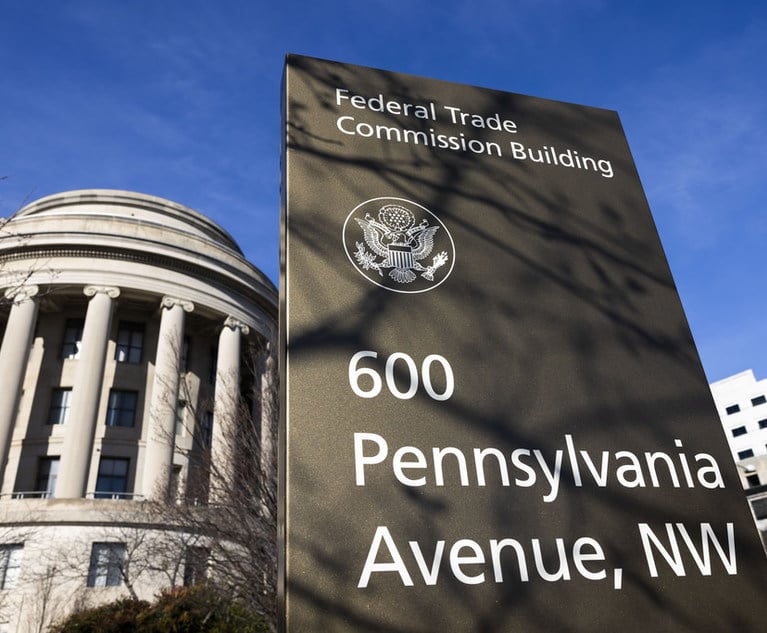On Oct. 30, 2023, President Joe Biden issued an executive order entitled “The Safe, Secure, and Trustworthy Development and Use of Artificial Intelligence” (EO) seeking to promote “safe, secure and trustworthy development and use of artificial intelligence (AI).” AI has been imbedded as part of businesses’ operations for years, but only recently has it reached world-wide mainstream advocacy in both its most positive and negative forms.
To that end, the EO was issued, as were rules just released this month by the European Parliament concerning the use of AI, knowing that AI will transform business. (On Dec. 9, 2023, the European Parliament reached a provisional agreement on AI with the aim to ensure that AI systems are overseen by people, are safe, transparent, traceable, non-discriminatory and environmentally friendly. These rules follow a risk-based approach and establish obligations for providers and users depending on the level of risk the AI can generate. AI systems with an unacceptable level of risk to people’s safety would be strictly prohibited, including systems that deploy subliminal or purposefully manipulative techniques, exploit people’s vulnerabilities or are used for social scoring, classifying people based on their social behavior, socioeconomic status, personal characteristics. AI systems that negatively affect safety or fundamental rights will be considered high risk. High-risk AI systems will need to be assessed before being put on the market and also throughout their lifecycle. Generative AI, like ChatGPT, would have to comply with transparency requirements. Limited risk AI systems should comply with minimal transparency requirements that would allow users to make informed decisions. After interacting with these applications, the user can then decide whether they want to continue using it. Users should be made aware when they are interacting with AI).


 Credit: Limitless Visions/Adobe Stock
Credit: Limitless Visions/Adobe Stock




